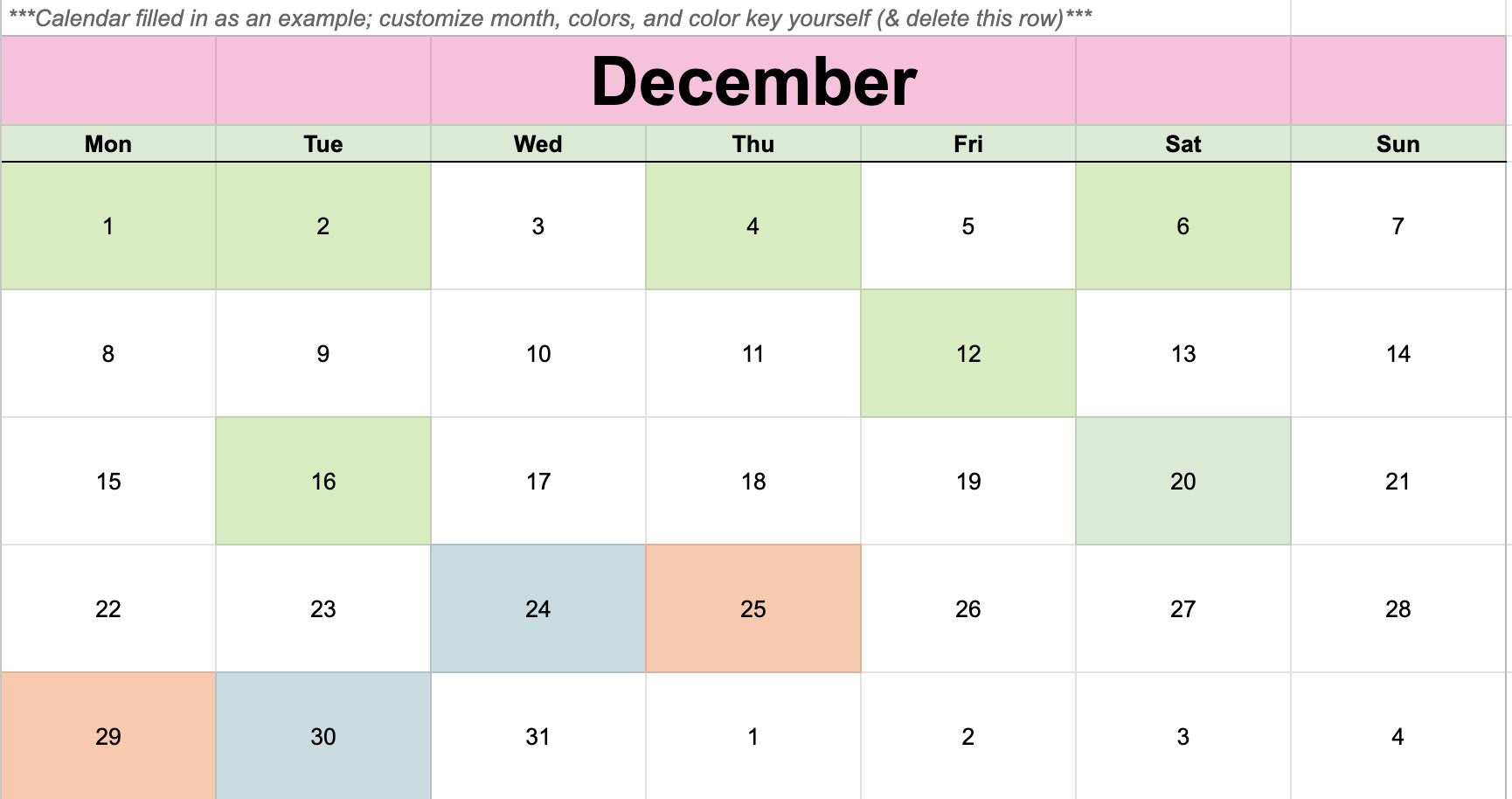Development Continues: Designing and Revising my Digital Product
This week of creating a digital product has been challenging, steady, and full of choices that will define how smoothly the final stretch goes. While the initial excitement of starting fresh has passed, I’ve started to see real pieces of my digital product take shape and come together. This week was about drafting, refining, and ensuring that my work strikes a balance between speed and high quality.
Progress This Week
I focused heavily on creating the content calendars and supporting materials. Both the Google Sheets and Canva calendars are close to completion, and I’ve even started building the Spanish versions for each. I also drafted the digital versions of the captions pack and post prompts—about 85% of the written copy is complete. The bilingual captions, in particular, are something I’m proud of, since they make the toolkit feel authentic and accessible to my target audience.
Challenges and Problem-Solving
The hardest part this week was narrowing down the captions and prompts. I wanted them to be broad enough for flexible use but still specific enough to guide smaller creators who may not have time to brainstorm fresh content daily. To keep myself focused, I kept coming back to the target audience: Spanish-speaking influencers balancing social media with other responsibilities.
Another challenge was researching delivery platforms such as Gumroad or Etsy. The number of options and features was overwhelming, so I decided to create a shortlist of the most promising platforms and revisit that decision next week rather than stalling out now.
Balancing Quality and Speed
This week reminded me that quality takes time, but speed is still necessary to hit deadlines.
For example:
I could have pushed out a quick version of the captions pack, but I took the time to refine the Spanish translations so they’re not only accurate but also culturally meaningful.
I debated how many features to add to the calendars in Canva. I decided to prioritize simplicity and usability over adding extras that might clutter the design.
These decisions slowed me down slightly in the short term, but they’ll save me from bigger revisions later.
Pivots and Adjustments
One of the biggest pivots came from user feedback. After a test session on the Google Sheets calendar, I realized people wanted more flexibility. Rather than providing just a single month’s calendar, I decided to add blank template pages that can be reused each month. This adjustment keeps the toolkit more practical and scalable, especially for small creators who need simple, repeatable systems.
Another pivot came in my own workflow. I originally thought InDesign would be the right choice for formatting, but since I’m producing one-pagers instead of booklets, Adobe Illustrator turned out to be the better tool. That decision smoothed out my process and gave me more control over layout details.
Moving Forward
Next week, I plan to:
Finalize and polish the captions pack and prompts (English & Spanish)
Apply consistent branding across all calendars and one-pagers
Continue user testing for clarity and ease of use
Make a firm decision about the delivery platform
This stage of development is less flashy than the beginning but equally important. Creating drafts, listening to feedback, and pivoting direction all add up to a finished product. This “middle mile” may not be glamorous, but it’s where the real progress gets built.



